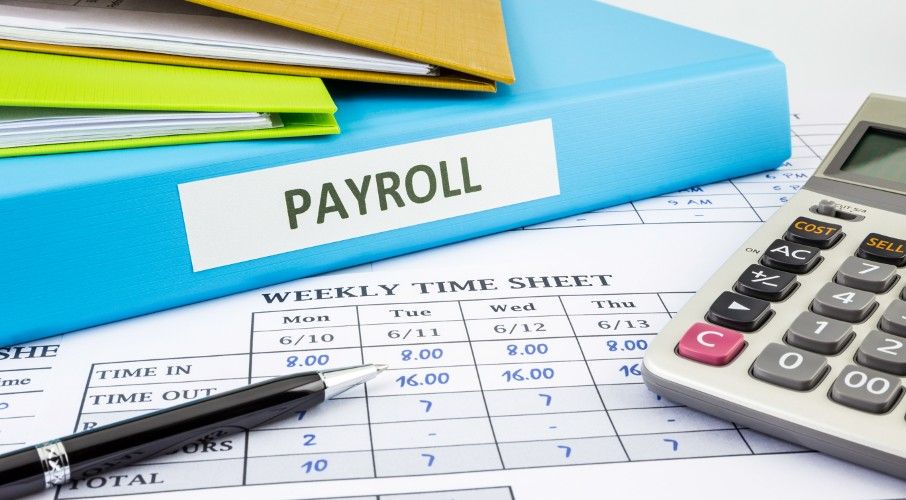What is the function of payroll in business?
There are three main functions of a payroll department: processing payments to employees, accounting for finances, and reporting to the Australian Taxation Office (ATO) and other official bodies.
Here, we’ll take a closer look at the key payroll processing, accounting, and reporting responsibilities.
Payroll processing responsibilities
The payroll department is responsible for calculating and distributing wages, salaries, and bonuses to employees – on time and in compliance with Australian laws. This is called payroll processing and is often performed with software such as QuickBooks Payroll.
Here are some tasks involved in payroll processing:
- Accurately calculating hours (payroll hrs) worked by employees
- Processing payroll deductions, tax deductions and super contributions
- Making adjustments to salaries and benefits
- Processing public holiday pay for employees
- Running year-to-date adjustment payments
- Producing statements of earnings
- Addresses any payroll-related inquiries from employees
Payroll accounting and reporting responsibilities
Payroll accounting and reporting involves analysing and reviewing payroll information.
Some key activities include:
- Reconciling payroll entries
- Calculating and adjusting accruals
- Ensuring compliance with policies and legislation
- Completing payroll remittances
- Providing reports for the general ledger on a monthly basis
- Completing payroll tax reporting for management or the Australian Taxation Office (ATO)
- Helping managers with financial forecasting



















